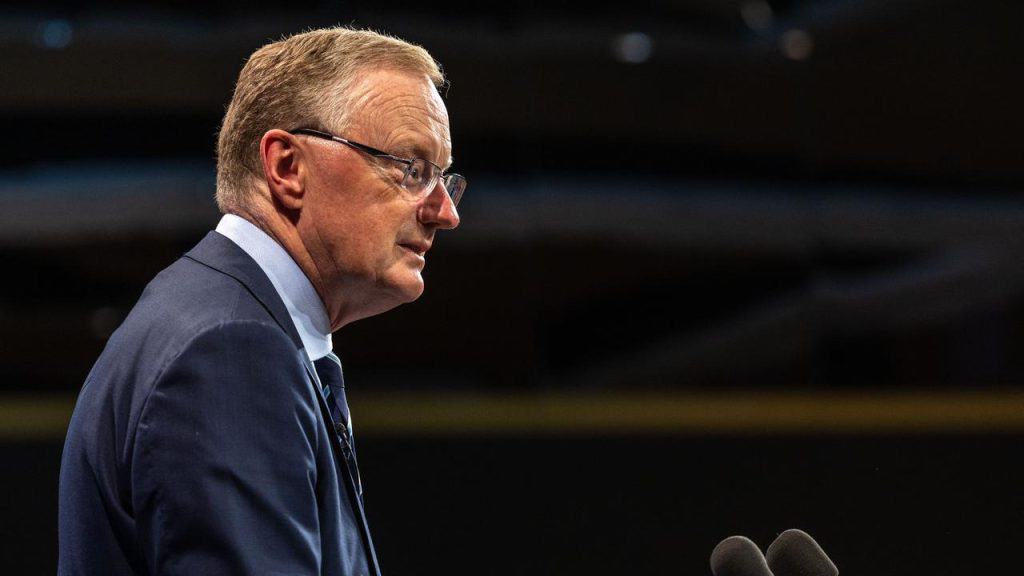
As inflation rates in Australia show renewed increases, the Reserve Bank of Australia (RBA) is under pressure to decide whether to raise the official cash rate before year’s end. While markets expect a steady rate at 4.1% following the RBA’s upcoming Tuesday meeting, surprises may be in store.
Context
The RBA will conduct its first rates meeting under its new governor, Michele Bullock, amid complex economic variables. On one hand, inflation rates are on the rise, far exceeding the RBA’s comfort zone. On the other hand, there are a series of emerging economic threats such as China’s faltering economy, which affects Australia as its largest trading partner.
Balancing Acts
Luke McMillan, head of research at Ophir Asset Management, suggests that the RBA is likely to exercise caution. “The bank has to manage a range of competing concerns: slowing yet stubbornly high inflation, the delayed effects of past rate hikes, a looming cliff in fixed-rate mortgages, and a rebound in house prices,” McMillan stated.
Since last May, the RBA has increased rates 12 times to curtail inflation by making borrowing more expensive. These moves have led to speculations of a final rate hike before the end of 2023.
Oil Prices and Inflation
A significant driver of August’s inflation increase has been a surge in global oil prices. While a temporary spike in oil costs can be set aside, a consistent high price for oil could send ripple effects throughout the Australian economy, affecting sectors from transportation to agriculture.
Stephen Wu, an economist at the Commonwealth Bank, characterises the inflation increase as a “temporary hump” and expects the RBA to share this view at its next meeting.
Future Outlook
With most analysts suggesting that the RBA will wait for more comprehensive quarterly data before making a move, any decision to change the official cash rate seems likely to be deferred until at least November.
George Tharenou, Chief Economist for UBS in Australia, shares this outlook. “For the time being, we expect the RBA to maintain the status quo, with the cash rate peaking at 4.10%,” he said.
Conclusion
As the RBA prepares for its first meeting under new governance, Australia’s economic landscape remains highly volatile. A surge in inflation rates is pitted against a variety of economic risks, making the decision to raise the official cash rate a complex one. All eyes will be on the RBA’s Tuesday meeting for any clues on what direction Australia’s monetary policy may take.


Interest rates are a blunt instrument. While they achieve their desired effect they cause a lot of pain and impact affordability. The current environment shows the importance of having a good home loan broker to help you save money on your mortgage.